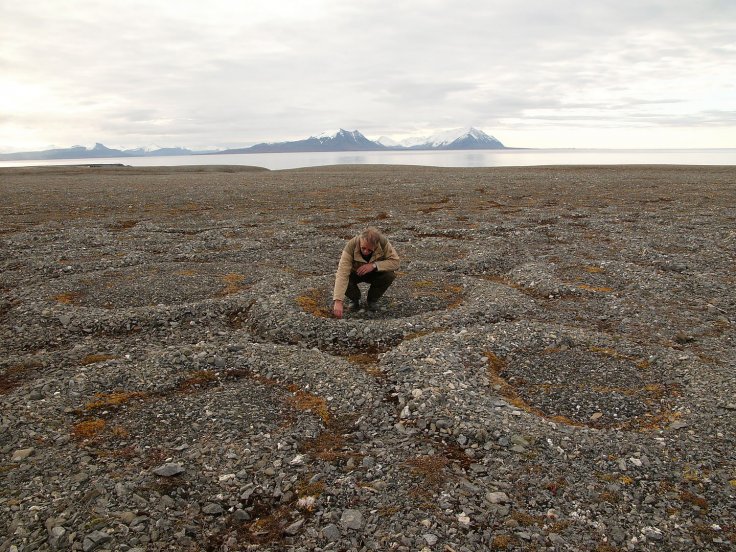In the last few years, there have been lots of talk regarding climate change. New studies have warned us about the disastrous effects of inaction could lead to. While some studies are thought-provoking, some are from alarmists. A recent paper that claimed Earth has reached a point of no return and the only way to heal the planet would be through sucking out carbon from the atmosphere was a product of alarmists. The study was scary but not all papers you read are true. Climate scientists have dismissed the paper for inaccuracies and not considering complex models.
"To be frank, the paper is crap that should not have passed any competent peer review. It's an interesting thought experiment, but its results should be taken with extreme skepticism until more complex Earth System Models produce similar results," climate scientist and energy systems analyst, Zeke Hausfather said.
What Does the Paper Say?
The study titled "An earth system model shows self-sustained melting of permafrost even if all man-made GHG emissions stop in 2020" was conducted by Jorgen Randers and Ulrich Goluke from the BI Norwegian Business School. It claimed that the Arctic permafrost was melting and would continue to raise Earth's temperature as it would release carbon dioxide. Permafrost, a thick layer of dead animals and plants under the surface that stores carbon. According to the authors, permafrost will continue to "melt", further increasing the temperature.

The authors suggested that the only way to mitigate the risks would be to use carbon capture devices that would suck carbon from the air. Hence, even if we stop all emission of man-made greenhouse gasses immediately, the "melt" will self-sustain and won't make a difference. Besides, there will be an eight-feet rise in sea level by 2050 compared to the levels of 1850.
How True Are the Claims?
The study made headlines as it predicted an apocalyptic future and we love a doomsday prophecy. But here is the thing, the study that was published in the journal Nature Scientific Reports on November 12, isn't really accurate as per climate scientists, who have dedicated their lifetimes studying the effects and reasons of global warming and climate change.
Merritt Turetsky, an ecologist from the Institute of Arctic and Alpine Research at the University of Colorado, pointed out that the problem with the study began with the title of the paper, melting of arctic permafrost. Turetsky said that permafrost doesn't melt; rather it thaws. She added that the researchers might not fully know what permafrost was. "Pockets of ice stored here and there within permafrost can melt. But these are very distinct processes," she said.
Simplistic Model
The next problem scientists point out is that the model authors used for the study was simplistic. Climate change and global warming are complex processes that need consideration of lots of variables. For example, to correctly depict climate change, one important factor is the ocean's circulation. The water vapors ocean circulation generates are short-lived but have a long-term impact on global warming. The paper doesn't consider any of these, reported Gizmodo.

Instead, the study overestimated the concentration of water vapor. That led the study's model to run hot. The authors claimed that methane would be the main concern for increasing temperature but scientists believe that the numbers were exaggerated. "It doesn't explicitly include things like the large-scale movement of air and water in the atmosphere and ocean," climate scientist at the NASA Goddard Institute for Space Studies Kate Marvel, said, adding that advanced models would be "more tethered to reality" to understand the timeline of the melting of arctic ice and thawing of permafrost.
While the scientists don't argue that methane released from thawing arctic permafrost isn't a concern, they believe that completely focusing on the greenhouse gas from thawing arctic ground would be inaccurate. "Thawing permafrost is likely to result in a net increase in atmospheric methane concentrations and methane is a potent greenhouse gas. But methane concentrations are increasing sharply right now, and it's not because of permafrost. It's because of the oil and gas industry and large-scale agriculture," Marvel said.









